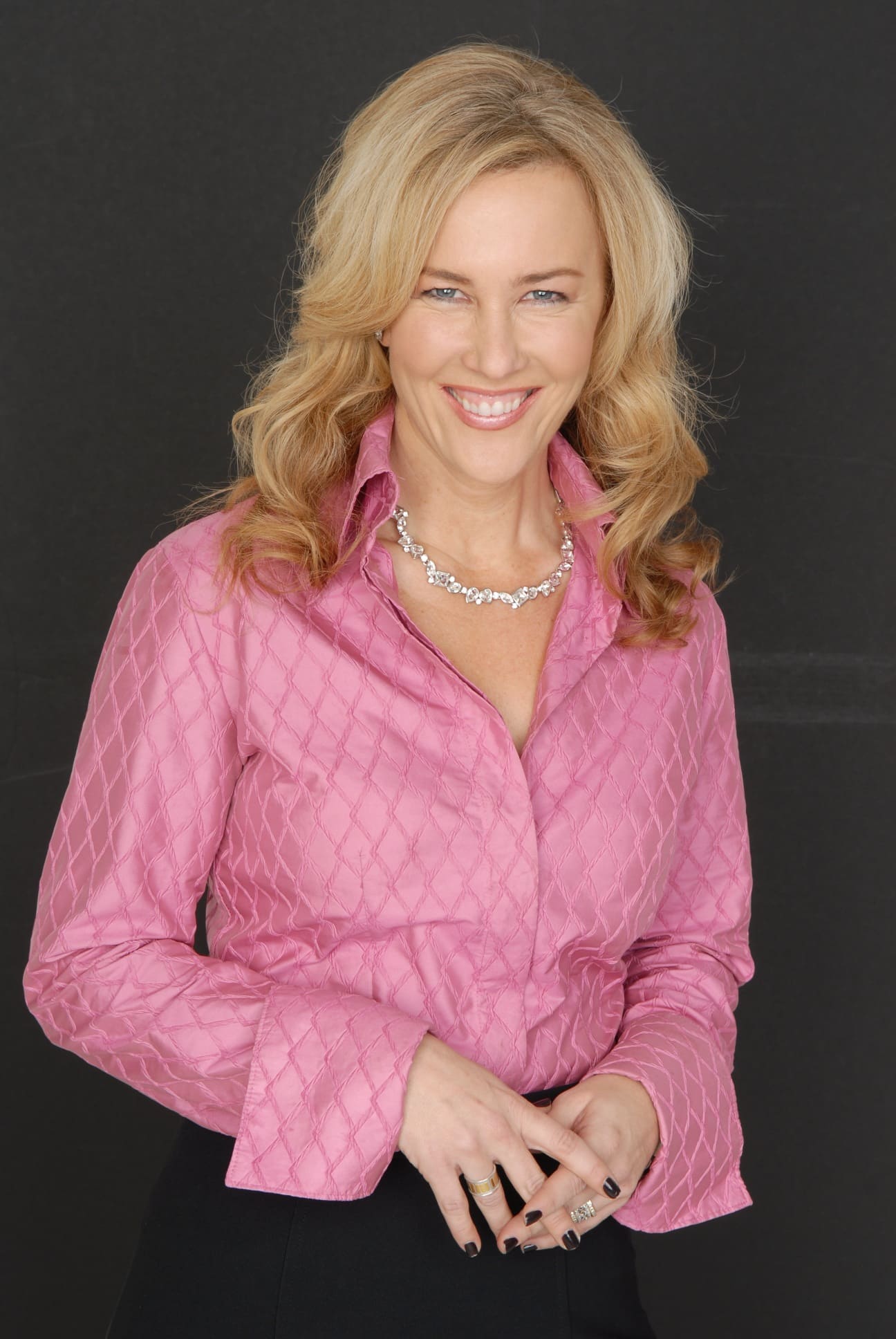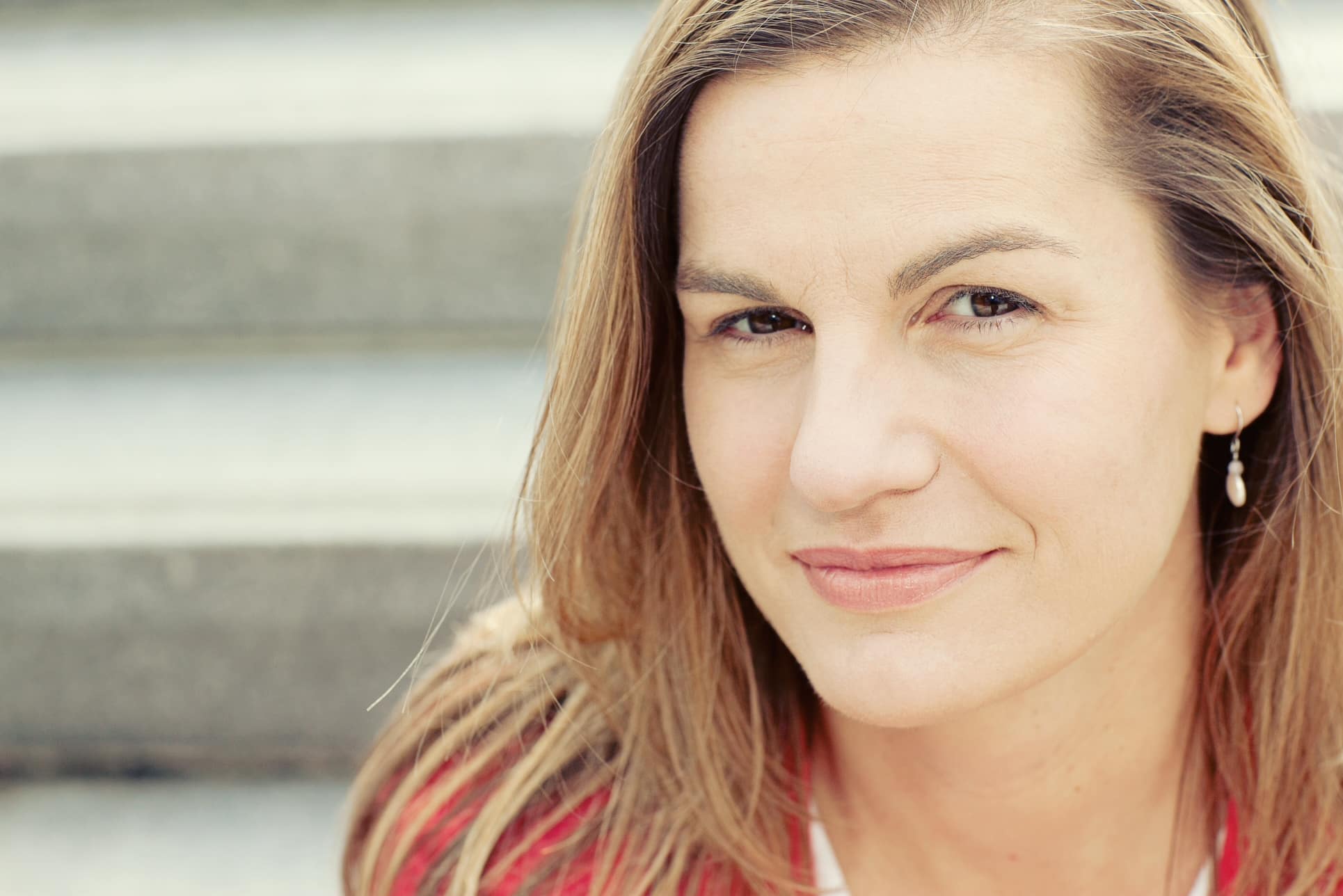… with my job. And this is no casual fling, people. It’s been 12 years, and I am more smitten today than I was the day I left that big, rich, extremely attractive, and powerful consulting firm that had previously swept me off my feet.
Here to explain this mad folly are two genius, rock star experts in the field of job satisfaction: Jennifer Aaker, General Atlantic Professor of Marketing at Stanford Graduate School of Business, and Sally Thornton, Founder and Chief Curator of Forshay.

Jennifer Aaker

Sally Thorton
Stacy: O goddesses of happiness and job satisfaction research, what explains this love affair with my job?
Sally: It’s the magic of three! People love their work when all three sides come together: They’re doing work they’re really good at, they feel valued by their team, and they feel appreciated by their clients or customers. You know you are in that zone because the Content Bureau grew like crazy again last year, right?
Stacy: By 32 percent!
Sally: Awesome. That growth shows your customers love what you and your team are delivering. They ask for more, the raves pour in, and you’re in a virtuous cycle.
Jennifer: I agree, Stacy. It’s clear that you truly enjoy the work you’re doing. Also important is where and how you are spending your time. In a series of studies, we have shown that how people spend their time (vs. money) has a dramatic impact on the happiness they feel. You’re following some of the key principles we discuss in “If money does not make you happy, consider time”:
- Spend time with the right people;
- Spend time on the right activities;
- Enjoy the experience without spending the
time; - Expand your time; and
- Be aware that happiness changes over time.
Stacy: That explains so much of what I’m feeling, thank you. Jennifer, you teach a course called Designing Happiness at Stanford GSB. What are the factors that most contribute to job satisfaction?
Jennifer: I’d say that autonomy, purpose, and impact most significantly drive job satisfaction. In my Designing Happiness course, here’s how we define these factors:
Autonomy: Feeling free to choose your own path in life and work.
In a happy company, your boss doesn’t micromanage you.
Purpose: Having a goal, being part of something meaningful.
A happy company has a well-defined mission.
Impact: Being effective, making a concrete difference in the world.
A happy company has monitorable milestones and success metrics.
These factors also resonate deeply with why I love my job.
Stacy: I’m glad to know I’m not the only one having a love affair with my job. So, what can each of us do to consciously make our work—and therefore, life—more satisfying?
Sally: Work with people who bring out the best work in you—people who make you better and who you make better. Together, you amplify each other. That’s the magic of high-performing teams—that ambiguous “culture” that enables us to achieve exponentially more as a group than we can do on our own. When you’re on a high-performing team, you know it, you can feel it, but it’s so intangible that you can’t quite put your finger on it. It’s all about finding your magical place! (laughs)
Stacy: This is exactly how I feel about our Content Bureau teams. Each marketing asset we deliver is the result of an incredible—and highly satisfying—collaborative effort. There’s a lot of love, and pride, and gratitude shared among team members. The writers thank the editors for making their work shine; the editors feel valued and work harder to ensure every sentence is gorgeous; the designers get lots of love from teammates and clients for their beautiful work; copyeditors polish the final layout, which the designers appreciate; then, our clients rave about the end deliverable. Collectively, the Content Bureau team delivers what individual copywriters just can’t do. It’s our differentiator, our secret sauce, our (if I may use your word for it, Sally) magic …
Jennifer: You might simply call this “passion”—the positive energy associated with the Content Bureau culture.
Sally: Or we could just say that Stacy is in love with her clients and team, which is probably true as well!
Stacy: So true. I once blogged about that … but I digress. Today is Valentine’s Day. It’s easy to find a card for one’s lover, friend, parent, pet … but not so easy to express true, undying love for one’s job. Can you suggest an appropriate gesture of gratitude on this most romantic of holidays?
Sally: Yes! Research has proven that if you write down things you’re grateful for—I write down my top five at the end of each day—you’ll cultivate that gratitude and happiness. Include your work in your love letter each day! Let it be OK that you love your job. Work can be so delicious. People don’t always understand that—some people look at me strangely when I talk about how much I love my job—but I say, come out of the closet with your love!
Stacy: How’s this?
Jennifer Aaker is General Atlantic Professor of Marketing at Stanford Graduate School of Business, and author of The Dragonfly Effect: @aaker
Sally Thornton is Founder and Chief Curator of Forshay: @ForshayTalent



